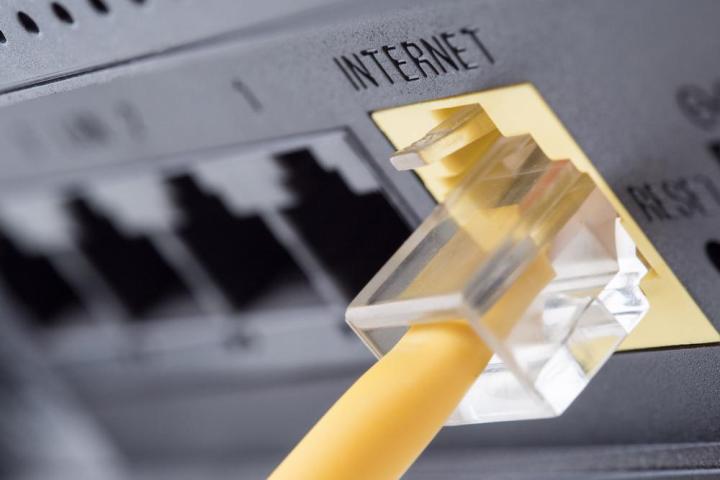
As a part of an experiment, researchers from the University of Washington outfitted six houses with modified devices that were powered using a Wi-Fi router’s signal, according to New Scientist. A component called a rectifier converted the router’s radio-wave energy into direct current voltage, which is then boosted to useful levels using a DC-DC converter.
The resulting energy was able to power things like temperature sensors and low-resolution cameras. The students published the results of the experiment, demonstrating the systems working over a period of 24 hours, on arXiv.
The main difficulty was providing constant power. In order to generate a sustained flow of energy, the Wi-Fi routers must continuously transmit data signals but typically only do so when they actually have something to send. Thus, the devices only received power when someone was using the Internet. As a workaround, the researchers created a software that sends empty data continuously.
Another issue proved to be Wi-Fi’s relatively weak signal. Current FCC regulations limit Wi-Fi broadcast’s power to one watt, while an iPhone charger, for example, delivers at least five watts. Companies such as Ossia have created devices that create Wi-Fi-like signals that deliver up to 20 watts of voltage and get around the FCC regulations by not transmitting a communication signal.
Because sensors require less power than something like a smartphone or laptop, they may be able to draw power from Wi-Fi without the need for a separate device. Wire-free and the freedom from having to remember to change the batteries? Sign us up.
Editors' Recommendations
- How to change your router’s Wi-Fi password
- What is Wi-Fi calling, and how does it work?
- What are portable Wi-Fi hotspots, and how do they work?
- The best smart home devices for 2023
- MediaTek just made Wi-Fi 7 a lot more exciting


